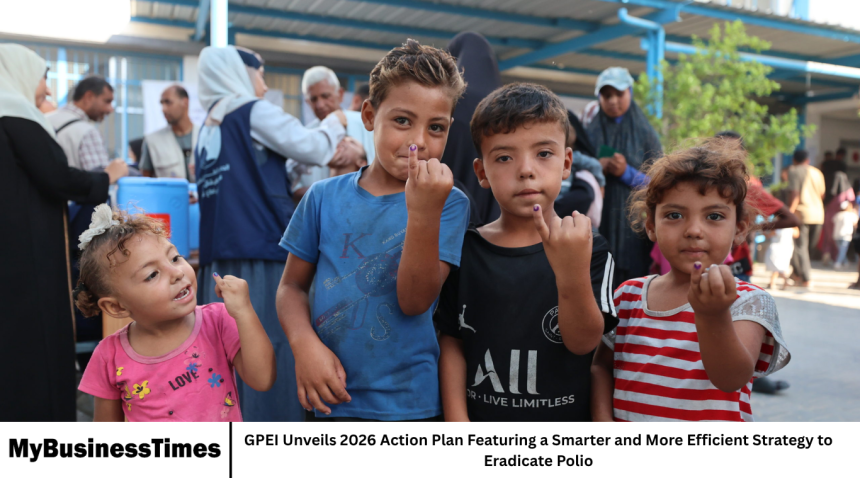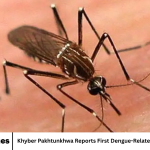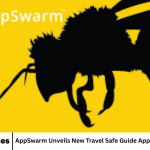The Global Polio Eradication Initiative (GPEI) has introduced its 2026 Action Plan, a refined roadmap designed to bring the world closer to eliminating polio once and for all.
- The Global Polio Eradication Initiative and Its Mission
- Goals of the 2026 Action Plan
- A Smarter and Leaner Approach
- Integration with Other Health Services
- Challenges Facing Global Polio Eradication
- The Role of Innovation and Technology
- Strengthening Community Engagement
- Funding and Global Collaboration
- The Importance of Accountability and Transparency
- Progress in Endemic Regions
- Lessons Learned from the COVID-19 Pandemic
- The Human Impact of Polio Eradication
- The Road to Certification
- Global Commitment to Finish the Job
- Frequently Asked Questions
- Conclusion
This updated strategy focuses on smarter use of resources, stronger surveillance, and community-based solutions that target the last remaining pockets of the virus. With only a few countries still reporting wild poliovirus cases, the new plan aims to close this final gap through collaboration, innovation, and accountability.
The Global Polio Eradication Initiative and Its Mission
The Global Polio Eradication Initiative was launched in 1988 with a clear goal — to completely eradicate polio. Since then, the GPEI, supported by partners such as the World Health Organization (WHO), UNICEF, the Centers for Disease Control and Prevention (CDC), Rotary International, and the Bill & Melinda Gates Foundation, has made historic progress.
Polio cases have been reduced by over 99 percent worldwide. Countries once heavily affected by the disease are now polio-free, but challenges persist in some areas of Afghanistan and Pakistan, where political instability, misinformation, and accessibility issues hinder vaccination efforts.
Goals of the 2026 Action Plan
The 2026 Action Plan outlines a more efficient and targeted approach to reach zero polio cases. Its main objectives include enhancing surveillance systems, ensuring reliable vaccination coverage, and integrating polio eradication into broader public health programs.
The plan also emphasizes accountability and transparency by setting measurable goals and tracking progress closely. By adopting modern tools and technologies, GPEI aims to make polio eradication not only faster but also more sustainable.
A Smarter and Leaner Approach
The GPEI’s new plan moves away from traditional, large-scale campaigns toward smarter, data-driven strategies. The focus will now be on high-risk regions where transmission still occurs. Data collected from community health workers, environmental monitoring, and digital tracking tools will help identify gaps in immunization and guide rapid responses.
This approach will also improve efficiency by reducing duplication of efforts and ensuring that every dollar invested brings measurable impact. The plan’s “leaner” structure allows for better coordination between governments, partners, and local communities.
Integration with Other Health Services
Another key feature of the 2026 Action Plan is the integration of polio programs with other essential health services. Rather than working in isolation, polio vaccination campaigns will now support broader goals such as child immunization, maternal health, and disease surveillance.
This shift ensures that communities not only receive protection against polio but also benefit from improved overall healthcare. By aligning with national health systems, GPEI hopes to create lasting benefits that extend beyond polio eradication.
Challenges Facing Global Polio Eradication
Despite progress, several challenges continue to delay complete eradication. The persistence of wild poliovirus in Afghanistan and Pakistan remains a significant obstacle. Conflict, vaccine hesitancy, misinformation, and hard-to-reach populations have all contributed to periodic outbreaks.
Additionally, vaccine-derived poliovirus, which can emerge in under-immunized communities, poses new challenges for health authorities. The GPEI’s new plan addresses these issues through improved vaccine strategies and rapid outbreak response mechanisms.
The Role of Innovation and Technology
Technology plays a crucial role in the new action plan. The GPEI will use artificial intelligence, satellite mapping, and digital reporting tools to monitor vaccination progress and detect possible virus circulation faster than ever before.
Mobile apps will help health workers collect real-time data, while new vaccine delivery systems will ensure that doses reach remote areas efficiently. Environmental surveillance, such as testing wastewater for traces of the virus, will continue to be a vital early warning system.
Strengthening Community Engagement
The success of polio eradication depends on strong community engagement. The GPEI’s 2026 plan places communities at the center of its strategy. Local leaders, educators, and healthcare workers will be trained to promote trust in vaccination programs and counter misinformation.
By listening to community concerns and adapting strategies accordingly, health teams aim to achieve higher acceptance rates and better participation in vaccination campaigns.
Funding and Global Collaboration
Eradicating polio requires sustained funding and international cooperation. The GPEI’s 2026 plan outlines a detailed financial framework to ensure long-term support. Donor countries, global organizations, and private foundations are being urged to maintain their commitments until polio is fully eradicated.
The initiative also emphasizes collaboration between governments and local health systems. By sharing data, expertise, and resources, partners can respond more quickly to outbreaks and strengthen public health resilience.
The Importance of Accountability and Transparency
One of the key lessons from past efforts is the need for accountability. The GPEI’s new plan introduces stronger monitoring systems that allow real-time tracking of progress. Regular evaluations will ensure that strategies are adjusted when needed and that funds are used effectively.
Clear reporting mechanisms will help build public trust and maintain donor confidence. Transparency is vital in ensuring that eradication goals remain achievable and credible.
Progress in Endemic Regions
Afghanistan and Pakistan remain the only two countries where wild poliovirus is still endemic. Both nations have made significant progress in recent years, with reported cases dropping sharply due to improved vaccination drives and border coordination.
The 2026 plan calls for intensified efforts in these regions, including cross-border vaccination points, female-led outreach teams, and community dialogue initiatives to counter resistance. By focusing resources on these final strongholds, GPEI hopes to interrupt the last chains of transmission.
Lessons Learned from the COVID-19 Pandemic
The COVID-19 pandemic disrupted many health campaigns, including polio vaccination. However, it also provided valuable lessons in resilience, adaptability, and the power of digital tools. The 2026 Action Plan incorporates these lessons, ensuring that polio programs are more flexible and better integrated with emergency response systems.
By improving coordination between health programs, GPEI aims to ensure that future global crises do not derail progress toward eradication.
The Human Impact of Polio Eradication
Beyond numbers and strategies, the goal of polio eradication is deeply human. Every child vaccinated represents a life protected from paralysis and lifelong disability. In many parts of the world, eradication efforts have also brought essential healthcare, clean water, and education to vulnerable communities.
The 2026 plan continues this humanitarian mission by ensuring that the legacy of polio eradication strengthens global health systems for generations to come.
The Road to Certification
Once wild poliovirus transmission is halted globally, countries will begin the certification process to be declared polio-free. This involves at least three years without any new cases, along with strong surveillance data confirming the absence of the virus.
The 2026 plan provides technical guidance for countries to meet these certification standards and maintain readiness against potential re-emergence.
Global Commitment to Finish the Job
The global community has invested decades of effort and billions of dollars in the fight against polio. The 2026 Action Plan serves as a rallying point for all partners to maintain momentum until the job is done.
Health experts emphasize that the world is closer than ever to eradicating polio, but success depends on sustained political will and community support.
Frequently Asked Questions
What is the Global Polio Eradication Initiative (GPEI)?
The GPEI is a partnership of global organizations working to eradicate polio worldwide through vaccination, surveillance, and public health programs.
What are the main goals of the 2026 Action Plan?
The plan focuses on smarter resource use, improved surveillance, stronger community engagement, and integrating polio efforts into broader healthcare systems.
Why does polio still exist in some countries?
Polio persists in areas of conflict, misinformation, and limited healthcare access, particularly in Afghanistan and Pakistan.
How will technology help in polio eradication?
Technology such as AI, mobile data tracking, and environmental surveillance helps identify outbreaks quickly and ensure vaccines reach all areas.
When can the world expect to be polio-free?
If the 2026 plan is implemented effectively and global cooperation continues, experts believe polio could be eradicated within the next few years.
Conclusion
The GPEI’s 2026 Action Plan marks a crucial turning point in the global effort to eradicate polio. By focusing on smarter strategies, stronger community engagement, and better integration with public health systems, the plan sets the foundation for a polio-free world.
With continued collaboration, innovation, and vigilance, the dream of ending polio forever is within reach. The world now stands on the brink of one of the greatest public health achievements in history.









